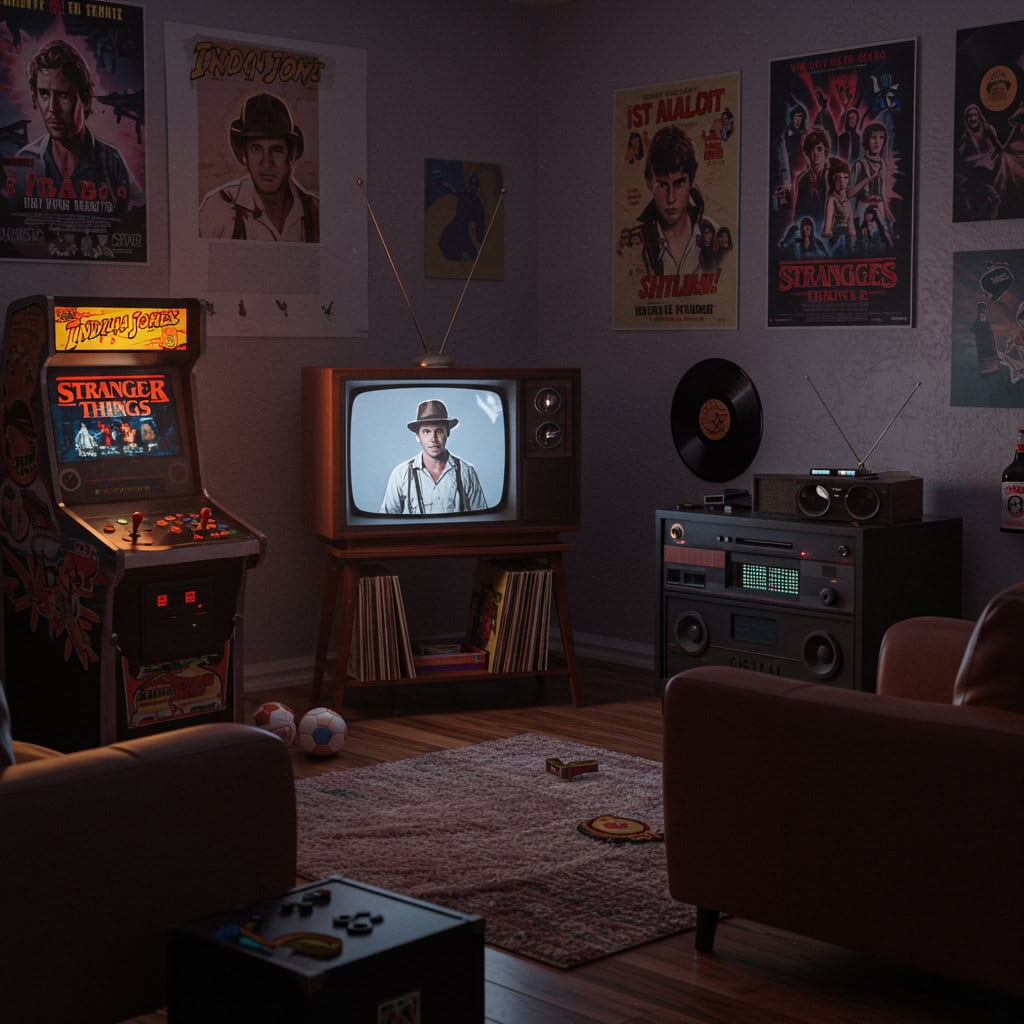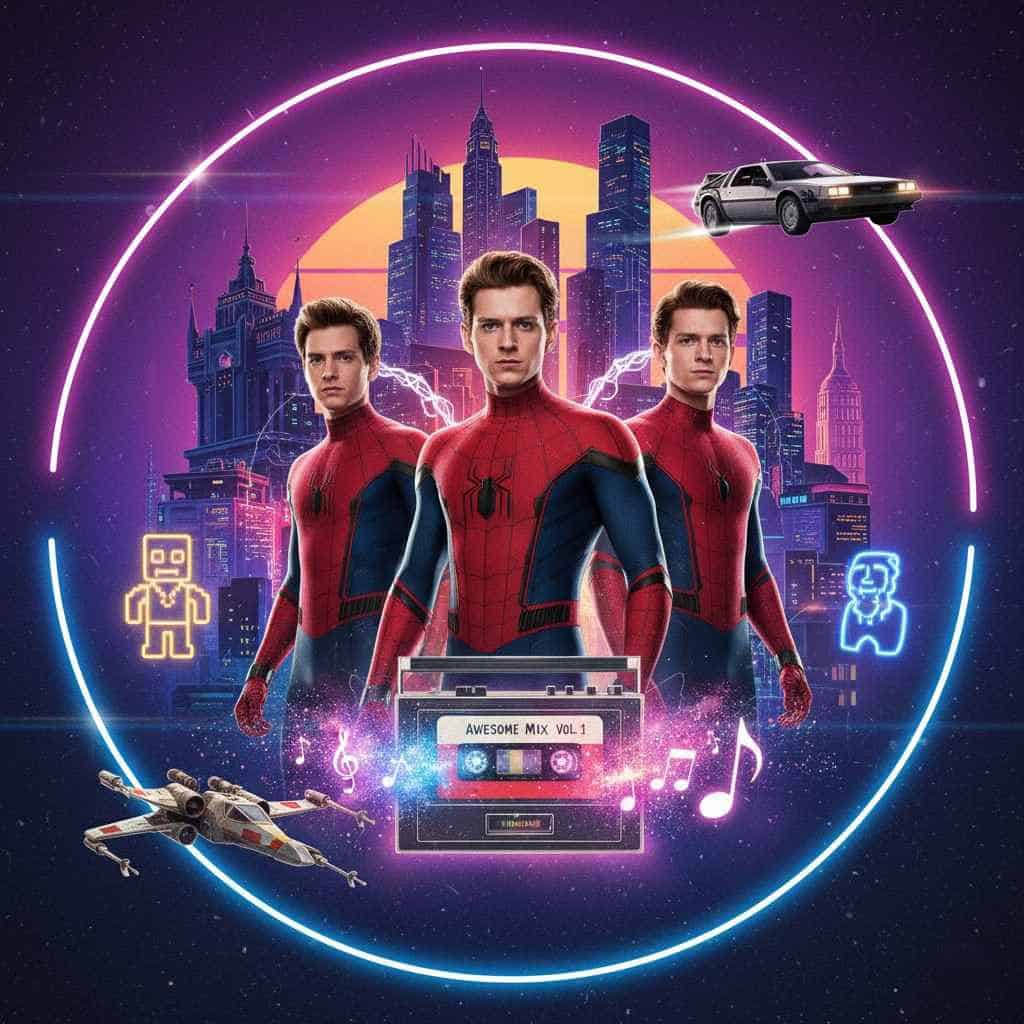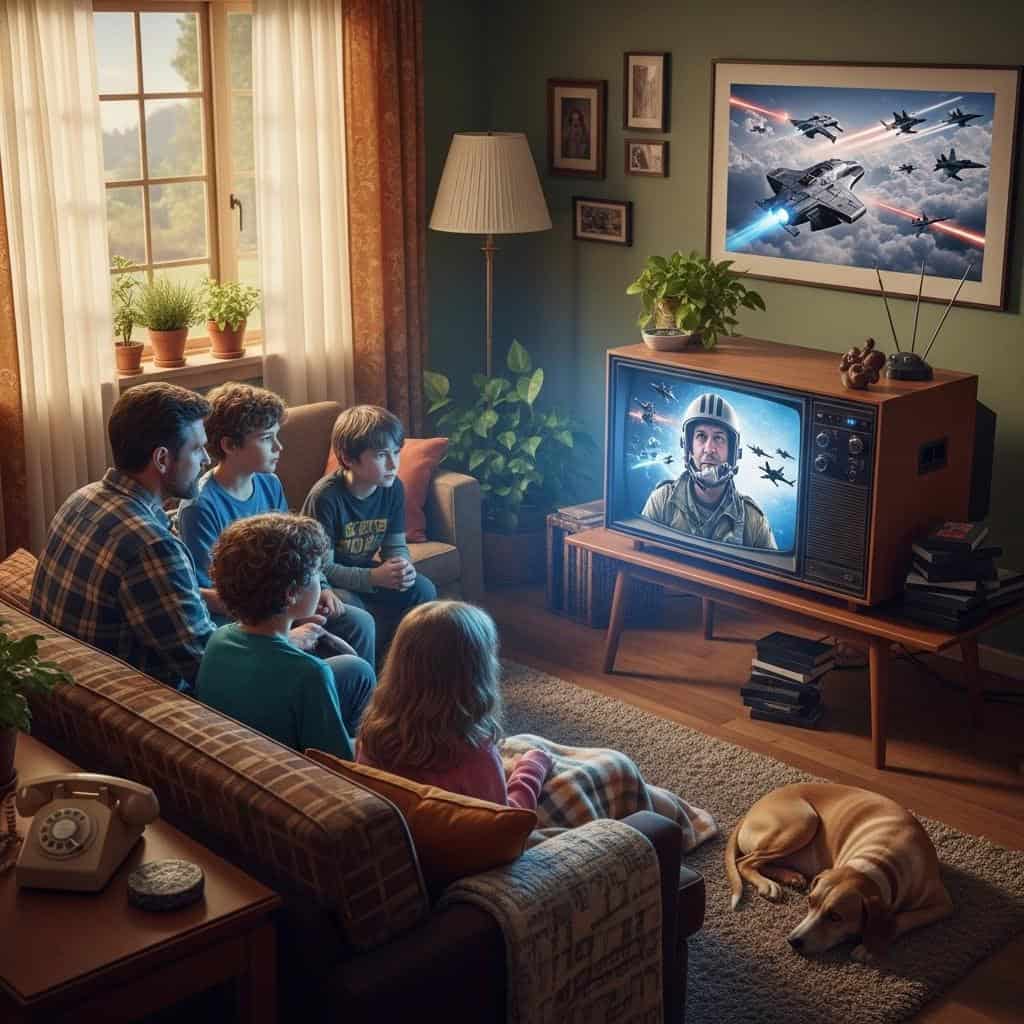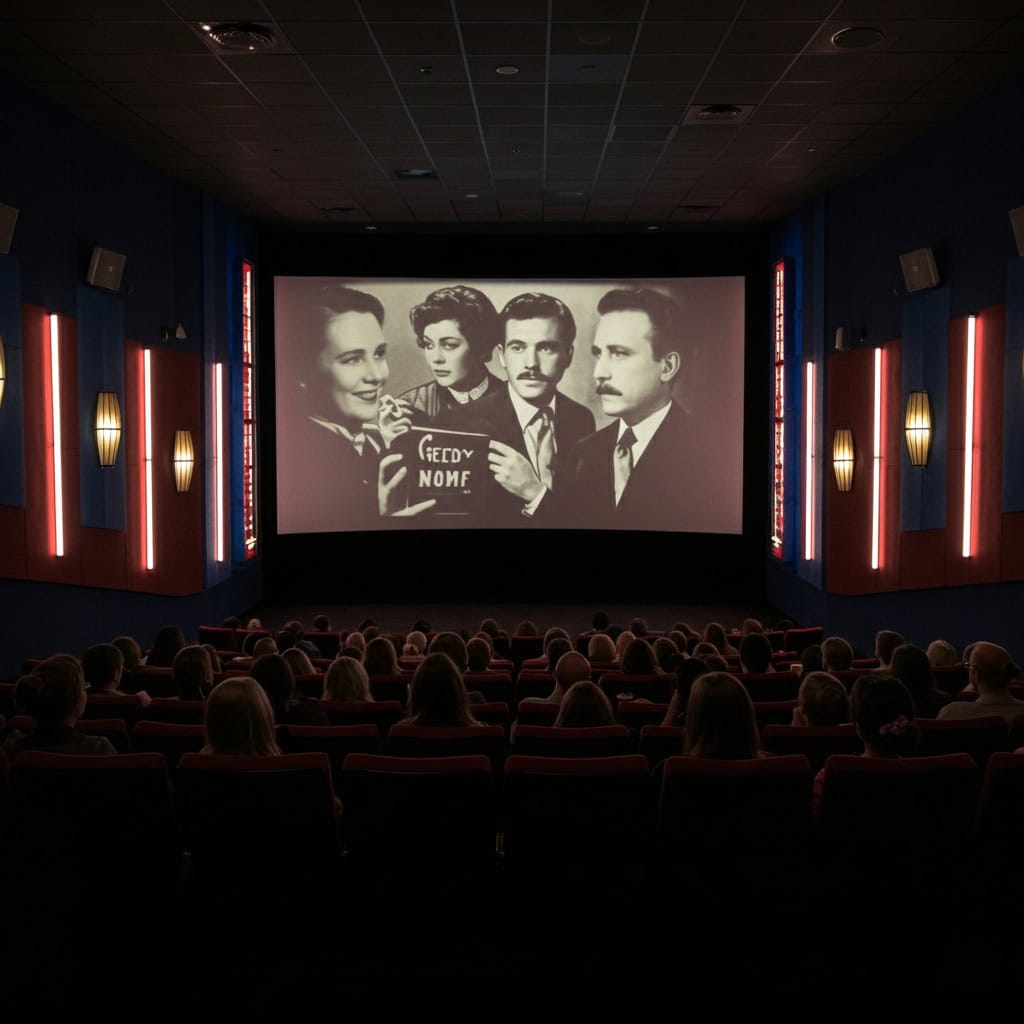Why Nostalgia Is Dominating Today’s Entertainment Industry
From blockbuster reboots like Barbie and Teenage Mutant Ninja Turtles: Mutant Mayhem to the resurgence of vinyl records and throwback video games, nostalgia is everywhere in today’s entertainment landscape. Understanding why nostalgia captivates audiences is crucial for creators, marketers, and fans alike. This article explores the psychological drivers behind this trend, the impact on audiences, and practical strategies for harnessing nostalgia to create emotionally resonant and commercially successful content.
Recognize the Power of Nostalgia in Modern Media

Nostalgia evokes powerful emotions by reconnecting people with cherished memories from their past, making it a potent tool in entertainment. Films like Indiana Jones and the Dial of Destiny and shows such as Stranger Things leverage familiar themes and aesthetics to create instant emotional connections. This universal appeal explains why nostalgia has become a driving force across movies, television, video games, and music, allowing creators to engage diverse audiences through shared cultural touchstones and collective memory.
Identify Key Elements That Trigger Nostalgic Appeal

Certain elements are especially effective at evoking nostalgia, such as iconic characters, recognizable settings, memorable music, and beloved franchises. For example, the return of classic characters in Spider-Man: No Way Home thrilled audiences by bringing together actors from different eras.
Similarly, the retro soundtrack of Guardians of the Galaxy leverages familiar tunes to enhance emotional resonance. Recognizing these triggers helps creators and marketers strategically incorporate nostalgic elements, driving deeper audience engagement and prolonged cultural relevance.
Analyze Successful Nostalgia-Based Entertainment Examples

To fully grasp how nostalgia captivates audiences, examine hits like Stranger Things, which expertly blends 1980s pop culture and horror, or the enduring appeal of Star Wars sequels that unite generations around familiar heroes and themes. The blockbuster success of Top Gun: Maverick showcases how updating classic stories with new emotional stakes can draw in both new viewers and longtime fans. Studying these examples reveals patterns and strategies behind their widespread nostalgic impact.
Understand the Business Strategies Behind Nostalgic Content

Entertainment companies strategically use nostalgia to minimize financial risk and maximize audience reach. By reviving well-known franchises or rebooting classics, studios tap into existing fan bases and attract new viewers, effectively spanning generations.
For example, Disney’s live-action remakes like The Lion King demonstrate how familiar stories can lead to blockbuster profits. Additionally, nostalgia-driven content boosts merchandising opportunities, from apparel to collectibles, creating new revenue streams. This approach not only benefits box office returns but also strengthens long-term brand loyalty in an increasingly crowded entertainment market.
Spot the Risks and Limitations of Relying on Nostalgia

While nostalgia can drive engagement, over-reliance on familiar content risks creative stagnation and can alienate younger or diverse audiences seeking fresh stories. Critics argue that endless reboots and sequels may hinder innovation and limit cultural growth, as discussed in The Atlantic.
Additionally, poorly executed revivals may disappoint loyal fans, damaging brand reputation. To succeed, creators must balance nostalgic elements with original ideas and inclusive storytelling, ensuring content feels relevant and exciting for both longstanding fans and new generations discovering these worlds for the first time.
Apply Nostalgia Responsibly in Creative Projects

To harness nostalgia effectively, creators should thoughtfully blend beloved references with innovative storytelling. Successful examples, like Stranger Things and Top Gun: Maverick, demonstrate how new characters and fresh plots can coexist with retro aesthetics and callbacks.
Focus on universal themes and emotional connections, rather than relying solely on past successes. Engage audiences by updating classic narratives to reflect contemporary issues and diverse perspectives, ensuring nostalgic content remains relevant, dynamic, and meaningful in today’s rapidly evolving entertainment landscape.
Conclusion

Nostalgia continues to shape entertainment, driving box office successes, revitalizing brands, and forging deep emotional connections with audiences. By understanding its psychological impact, identifying effective triggers, and studying successful examples, creators and businesses can strategically leverage nostalgia while avoiding common pitfalls.
The key lies in balancing familiar elements with originality and inclusivity. As highlighted by BBC Culture, thoughtful integration ensures content remains vibrant and relevant. Moving forward, embracing nostalgia responsibly offers exciting opportunities to engage audiences, inspire creativity, and build lasting cultural legacies in a fast-evolving industry.






